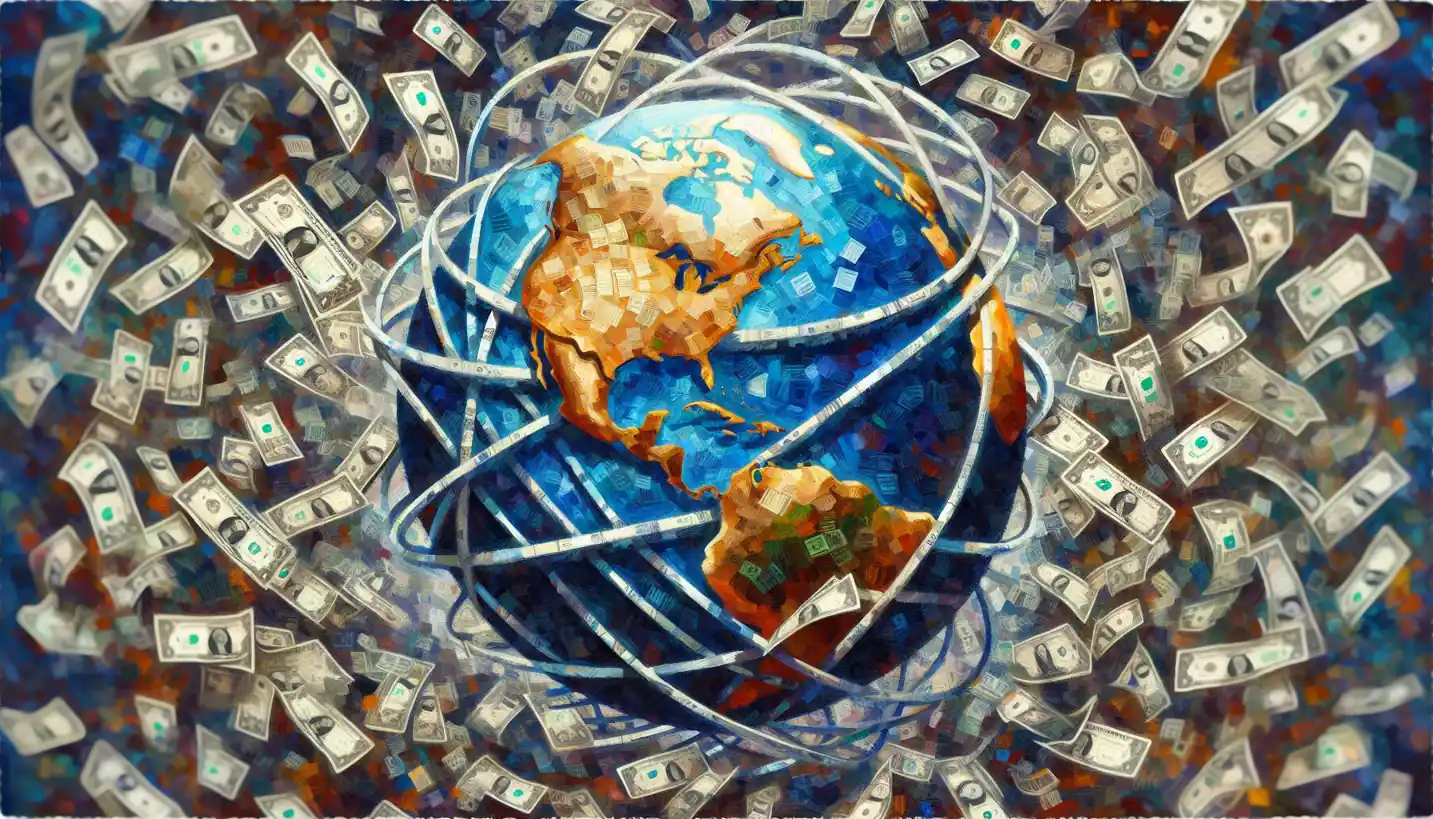· Economics · 4 min read
Phillips Curve: Understanding the Connection Between Inflation and Unemployment
The Phillips curve suggests a relationship between inflation and unemployment rates. Delve into how this economic connection can inform policy decisions and strategy.

Once, as economies around the world were trying to figure out why prices rise and people are out of work, a fascinating concept emerged called the Phillips Curve. It’s a bit like trying to balance on a seesaw, with inflation on one side and unemployment on the other. But how did this concept come about, and why does it matter so much to economists and policymakers today?
The Origins of the Phillips Curve
Back in the 1950s, an economist named A.W. Phillips took a deep dive into UK economic data. He noticed something peculiar: when unemployment was low, inflation tended to be high, and vice versa. This pattern suggested a sort of trade-off between inflation and unemployment, like a balancing act where improving one meant worsening the other.
Phillips published his findings in 1958, and his work gained a lot of attention. Economists started to wonder if this relationship was a hard-and-fast rule. The idea seemed simple yet groundbreaking—could it be that reducing unemployment would always lead to more inflation?
The Mechanics of the Phillips Curve
Think of the economy like a giant pot of soup. When too many people have money to spend—say, they all have jobs and wages are rising—they start buying more goods, creating competition for those goods. As demand goes up, so do prices, leading to inflation. On the other hand, if people are out of work, they spend less, and prices tend to stay flat or even fall.
The Phillips Curve suggests that there’s this inverse relationship where more employment leads to higher inflation and vice versa. But why does this matter? Well, for policymakers, it’s crucial. They often face the challenge of deciding whether to focus on reducing inflation or boosting employment, knowing it’s tough to do both simultaneously.
Shifts and Changes
Just like any concept, the Phillips Curve isn’t a one-size-fits-all model. Over the years, economists have debated its relevance, especially as new data emerged. In the 1970s, for example, the curve seemed to break down during a period called “stagflation,” where both inflation and unemployment were high. It was a puzzle that made economists scratch their heads.
This led to new theories and refinements of the Phillips Curve. Some suggested it was more of a short-term phenomenon, working in the short run but not necessarily in the long run. Others proposed that expectations of inflation could shift the entire curve.
The Role of Inflation Expectations
Imagine knowing your favorite store is raising prices next week. You’d probably rush to buy what you need before that happens. Similarly, if people expect prices to rise, they adjust their behavior accordingly. This change can influence the relationship between inflation and unemployment.
Economists realized that what people expect about future inflation can affect actual inflation today. If everyone thinks prices will go up, workers might demand higher wages, and businesses may raise prices to cover those costs. This anticipation can shift the Phillips Curve, making the trade-off less predictable.
Practical Implications for Policymakers
For those in charge of monetary policy, like central banks, the Phillips Curve offers a tool, albeit an imperfect one, to guide their decisions. Should they focus on lowering inflation at the risk of increasing unemployment? Or should they create jobs knowing it might push inflation up?
Central banks often aim for a specific inflation rate, usually around 2%, as a sweet spot that balances stable prices with economic growth. They use tools like interest rates to influence spending and investment, keeping an eye on how their decisions interact with the Phillips Curve dynamics.
The Modern Perspective
Today, the Phillips Curve isn’t seen as a strict rule but more as a part of a larger economic picture. It’s like one piece of a puzzle that needs other pieces, such as global events or technological changes, to form a complete image. The relationship between inflation and unemployment is influenced by many factors, and the curve serves as a guiding concept rather than a definitive blueprint.
Why It Matters
Understanding the Phillips Curve is essential not just for economists but for anyone interested in how our economy works. It highlights the complexities and dilemmas faced by policymakers who strive to keep the economy healthy. It also reminds us that economic relationships are not always linear or predictable.
Ultimately, the Phillips Curve provides insight into the delicate balance economies must maintain. As new challenges arise, such as technological changes or global shifts, the curve will continue to be a topic of debate and analysis, helping us understand the ever-changing landscape of macroeconomics.
In the end, the Phillips Curve is more than just a graph on a page; it’s a story of discovery, debate, and the ongoing quest to grasp the intricate dance between inflation and unemployment. And as economic conditions evolve, so too will our understanding and application of this fascinating concept.



